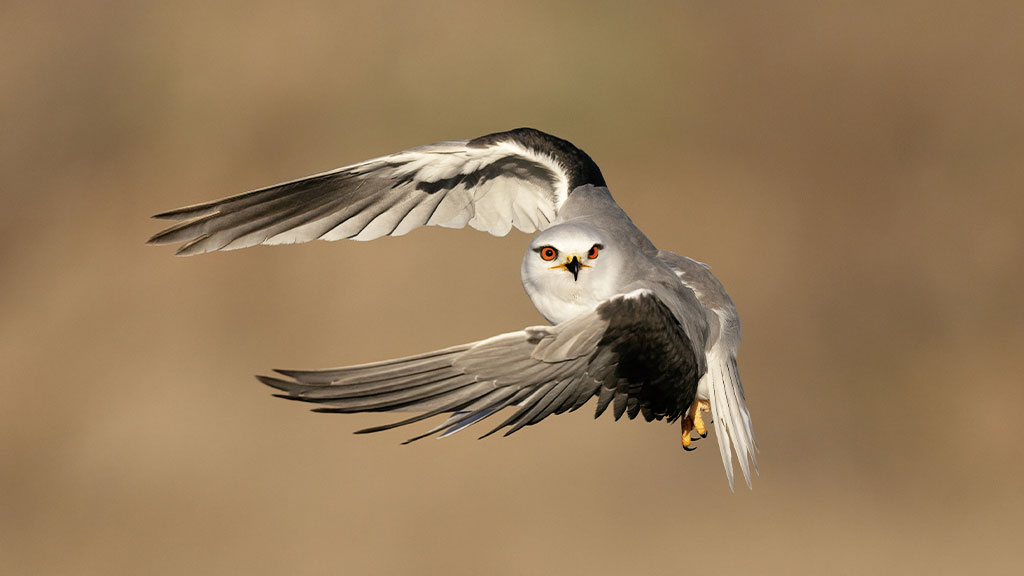Slimbridge wetland system is treat for water and wildlife
It might look like Shrek’s spa at the moment, but don’t let the abundance of mud fool you. Wetland treatment systems involve using natural processes to treat wastewater, but they do so much more than that.
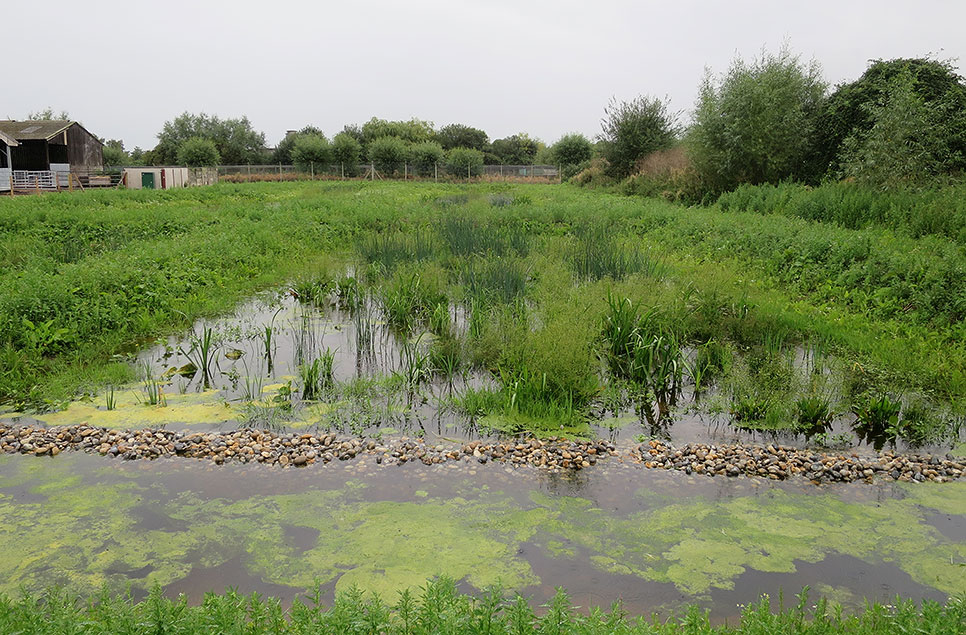
It might look like Shrek’s spa at the moment, but don’t let the abundance of mud fool you.
What’s actually in operation here is an addition to Slimbridge’s self-sufficient wetland treatment systems, taking our total to three large treatment wetlands. The system is cleverly designed to make sure the water we use returns to our reserve clean.
This is important as the area takes in runoff from bird breeding pens and cattle sheds meaning it’s nutrient rich - or mucky.
Wetland treatment systems involve using natural processes to treat wastewater. The benefits of this particular wetland system don't just end there however.
The Five Acre Wetland Treatment System
The Five Acre, which has been divided into seven smaller pools and planted with a range of reed and mixed native plants, has been created with wildlife in mind. The freshwater basins, of varying depths, are brand new habitat for reptile and amphibian species, making the area very appealing to frogs, toads, newts and grass snakes, as well as Slimbridge’s more famous resident birds and mammals. Eel-friendly pumps have also been installed to help this famous long distance swimmer safely navigate through waterways.
The cycle begins with water entering into a large pool at the top of the structure, via two parallel reedbeds, through marshy vegetation, scrapes and reed-lined channels before returning to the local Rhyne network, the current ditch system. As the design allows for water to be stored in the elevated portion, wardens will be able to control water levels on the reserve, directing it to areas in need of a thirst-quencher over the summer.
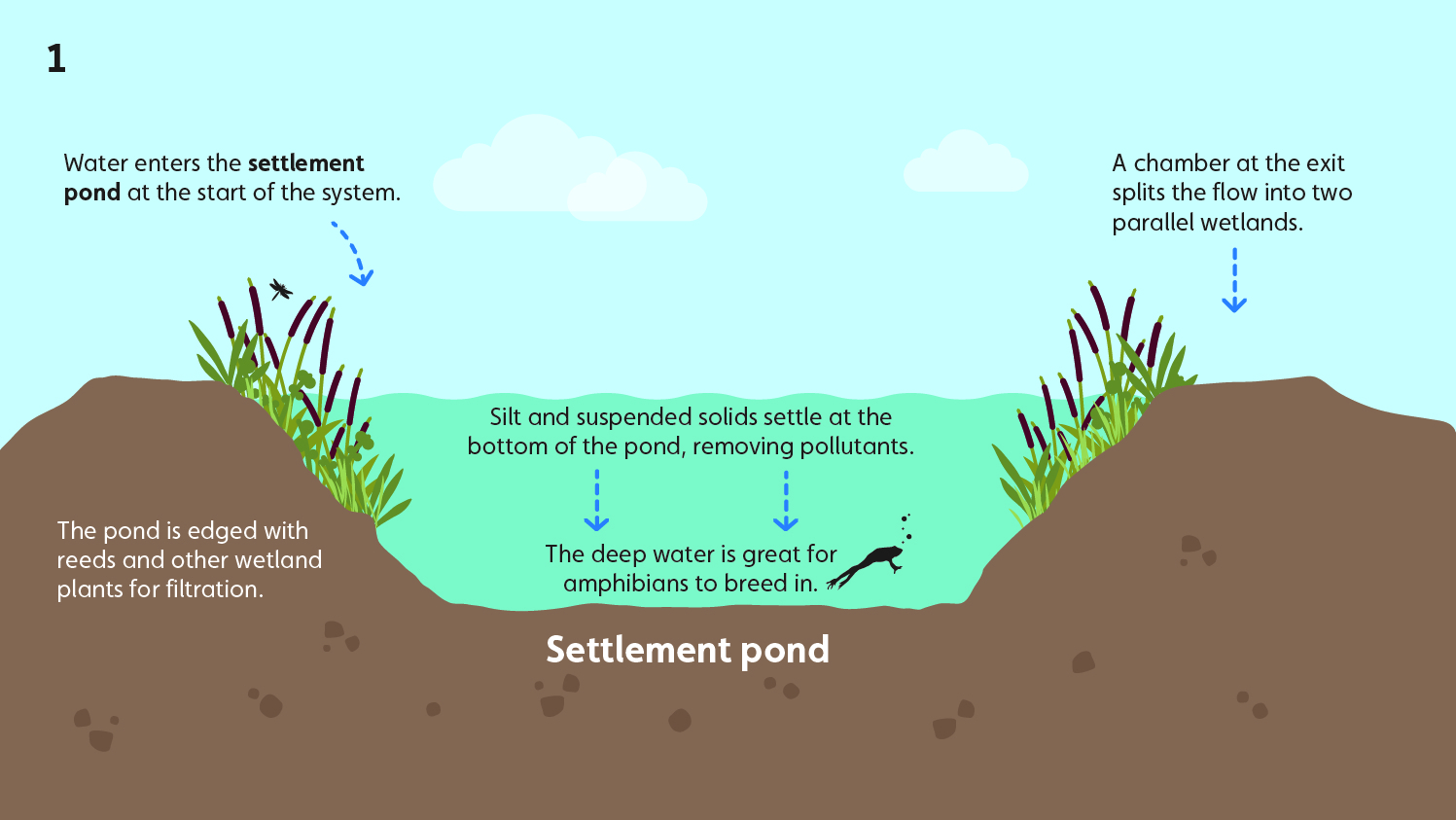
The pond is edged with reeds and other wetland plants. As well as removing pollutants and cleaning the water, it also provides habitat for a range of insects and amphibians. The deep water is good for newts, frogs and toads to breed in. The first cell is a predominantly reed marsh, this type of wetland is very good at removing any remaining suspended solids, phosphorus and nitrates. It is also an important habitat for birds like reed and sedge warblers.
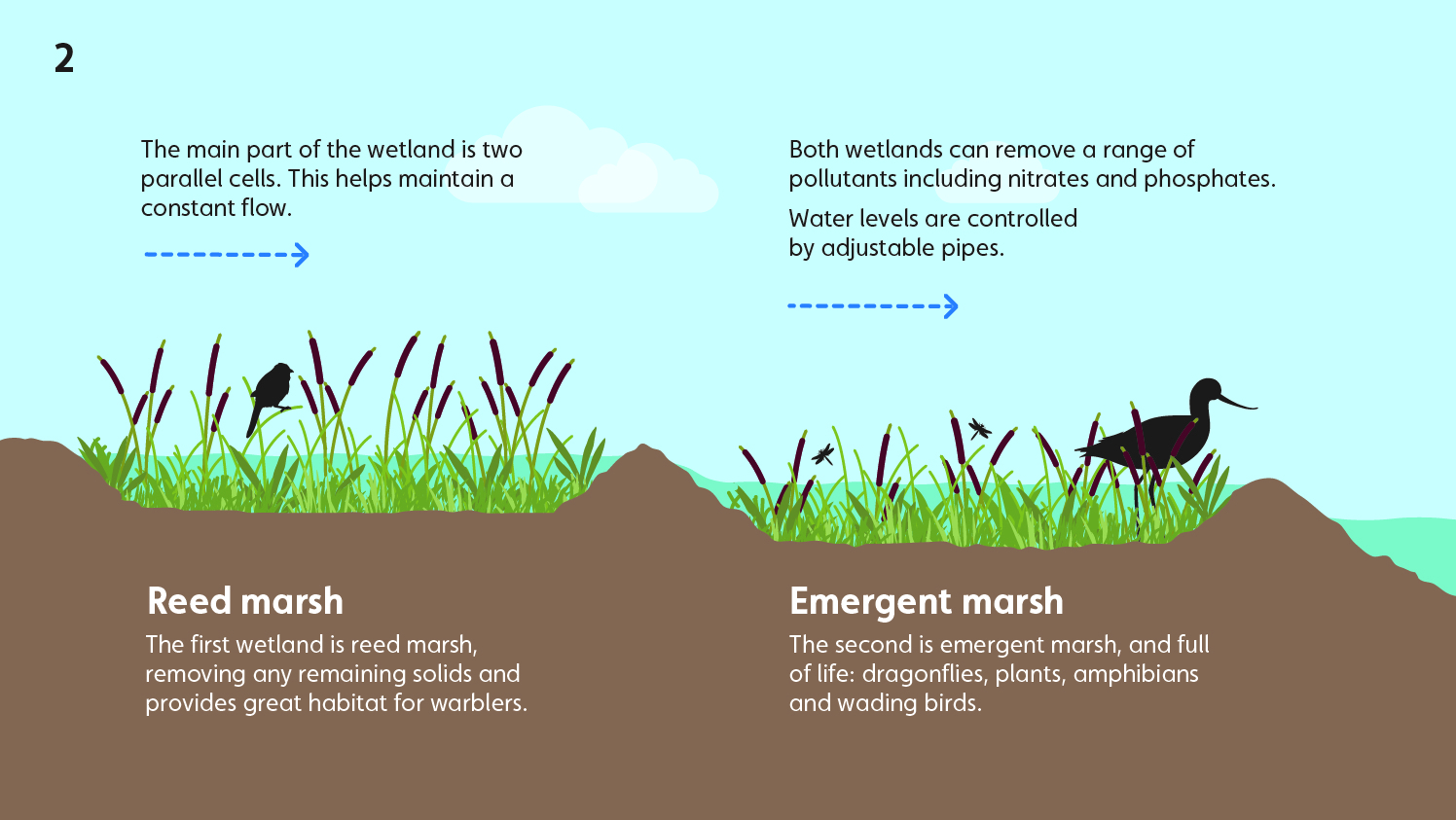
The second cell is an emergent marsh with mixed species including sedges, marsh marigold, iris and purple loosestrife. It is a good habitat for wading birds, dragonflys and amphibians include frogs and newts. It is good at removing a range of pollutants including nitrates and phosphates. The third cell has a pool connected to emergent marsh. This provides some final suspended solids removal as well as final polishing of any remaining pollutants. The mix of a pool and emergent marsh increase biodiversity potential.
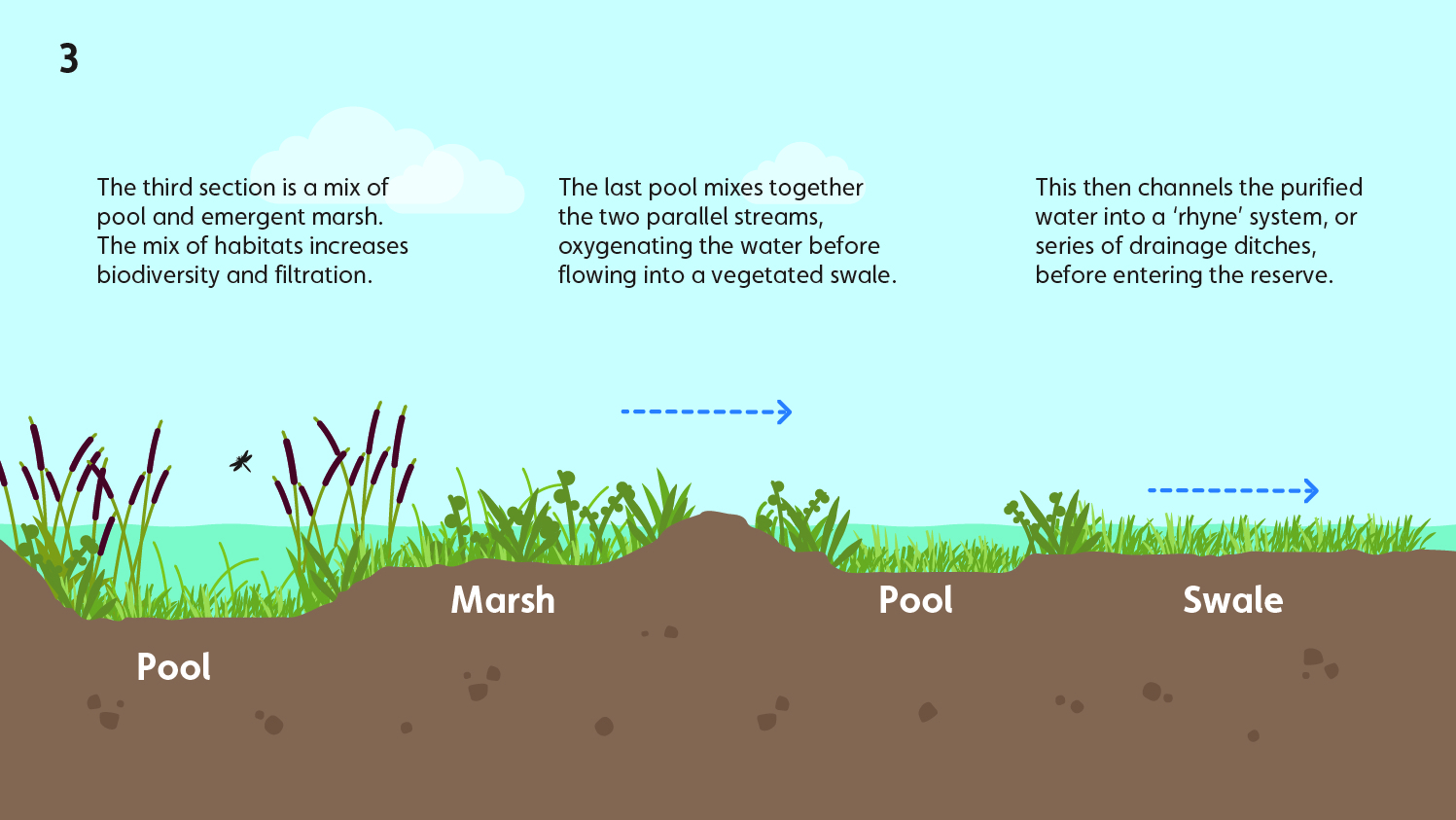
The final stage of the wetland includes a pool that combines and mixes the outfalls of the two parallel streams. This is important as it allows the two treated flow streams to mix properly and helps to increase dissolved oxygen levels. The treated water then flows along a vegetated swale and out into the rhyne system on our reserve.
The overall result is a multi-functioning wetland treatment system that includes open water, reedbed, surface flow marsh and shallow emergent swamp covering an area larger than an Olympic swimming pool. It is efficient and clean, and allows for better water controls across the whole reserve while providing habitat for a variety of wetland animals.
At peak load, the system will process in the region of 700,000 litres and has had special hydraulic control measures installed to ensure high hydraulic efficiency and treatment, improving the quality of water channels fed into our collections.
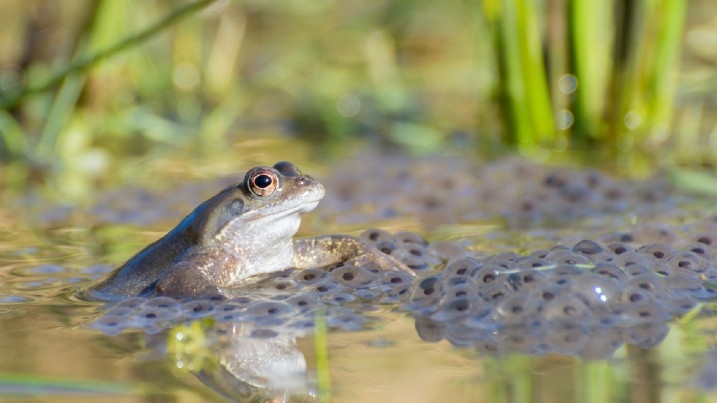
By next summer, the plants seeded this year will have sprung into life transforming the Five Acre into a wetland spectacle teeming with life – and we can’t wait to share its progress.
Going forward, we hope to create more high performance wastewater systems that maximise biodiversity around our reserves, but not just stop there. We hope the Five Acre Wetland Treatment System can become a blueprint and provide valuable data sets for use in farming and other industries.
The development is part of the Severn Vale Waterscape: enhancements for migratory fish - a partnership between WWT, Farming and Wildlife Advisory Group, Severn Rivers Trust and Stroud Valleys Project with major funding from the European Agricultural Fund for Rural Development.The project aims to address access and water quality issues in the Severn Vale.
Find out more about our work across the Severn estuary:
